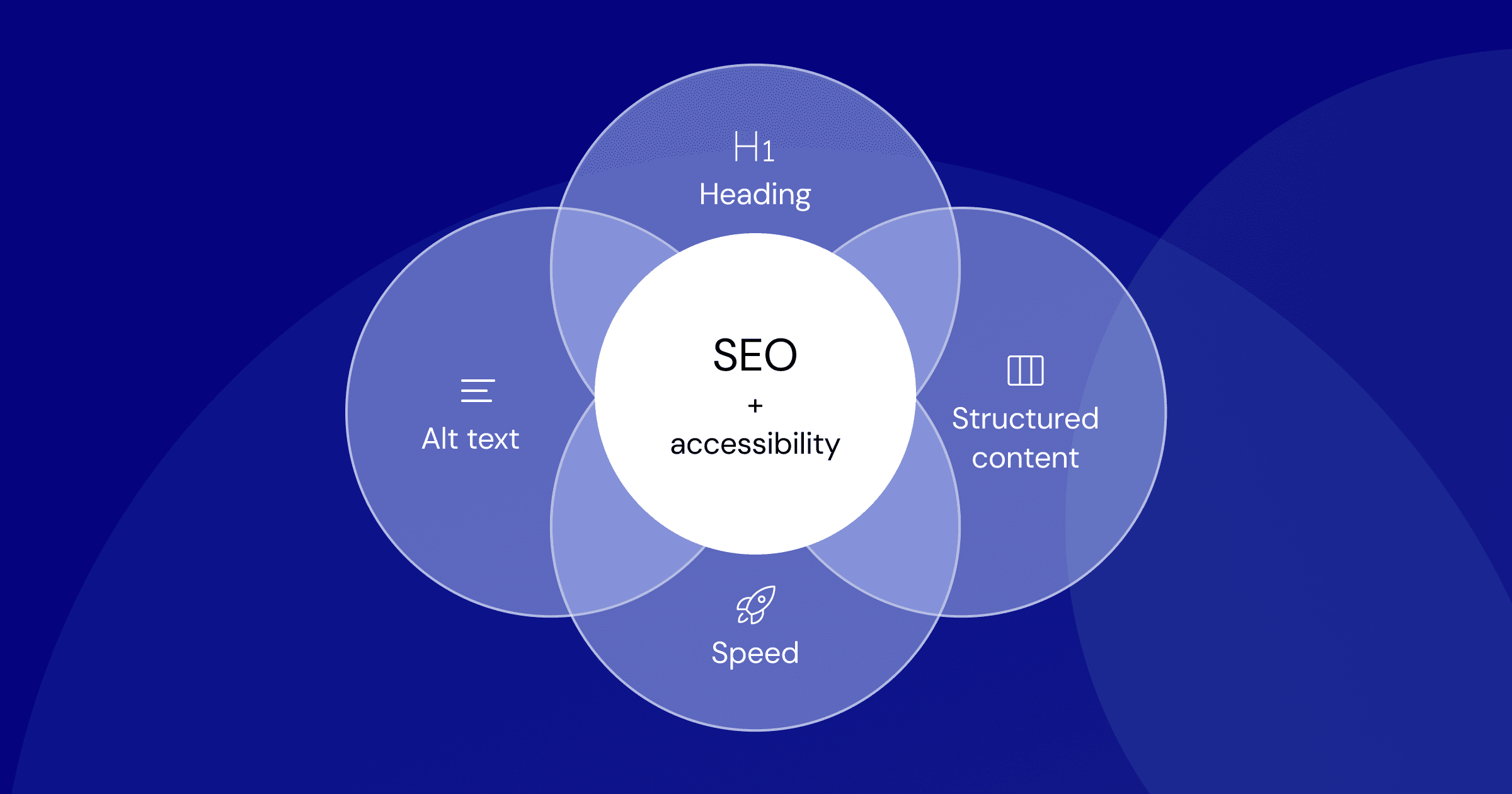AI-Generated Ads Hit Consumer Trust Wall: New Study Reveals Purchase Intent Plummets
By Marcus Chen • November 12, 2025 • 8 min read • 145 views

The Trust Crisis Facing AI-Generated Advertising
Here's a wake-up call for marketers rushing to embrace generative AI in their creative processes. New research from Kantar reveals a 47% increase in negative consumer reactions to AI-generated advertisements compared to human-created content. The study, released just days ago, surveyed over 15,000 consumers globally and found that 62% of participants expressed lower purchase intent when they believed ads were created by AI.
This isn't just another tech trend report. We're looking at a fundamental challenge that could reshape how brands approach AI adoption in their marketing strategies.
What Consumers Really Think About AI Ads
The Kantar study, titled "Rethinking AI-Generated Advertising: How Real People Really React," breaks down consumer sentiment with stark clarity. When participants weren't told about AI involvement, engagement rates remained stable. But the moment transparency kicked in—telling people the ad was AI-generated—trust metrics plummeted.
Key findings reveal a complex relationship:
- •Purchase intent dropped by 34% when consumers identified AI-created content
- •Brand trust decreased by 28% for AI-generated advertisements
- •Social sharing likelihood fell by 41% compared to human-created ads
But here's the interesting part: 67% of consumers said they'd be more accepting if brands were transparent about AI usage in their creative process.
The Transparency Opportunity
The data suggests consumers aren't necessarily against AI-generated content—they want honesty about it. 73% of Gen Z respondents indicated they'd be more receptive to AI ads if brands clearly disclosed the technology's role.
Why This Matters for Marketers Now
The timing of this research couldn't be more critical. With platforms like Meta's GEM AI rolling out generative ad capabilities and Google's Opal AI generating content at scale, brands are racing to implement these tools without considering the consumer impact.
The Creative Measurement Blind Spot
This trust crisis compounds an existing problem highlighted by Google and Kantar's separate research on the $47 billion creative measurement gap. Marketers have become experts at measuring campaign containers—the channels, budgets, and targeting—but struggle to quantify creative effectiveness.
AI-generated ads risk creating a double-blind spot: we can't measure their impact accurately, and consumers are increasingly rejecting them when transparency is involved.
Industry Expert Perspectives
Jane Smith, Senior Director of Creative Strategy at a major consumer goods brand, recently shared her team's dilemma: "We've been experimenting with AI for content scaling, but our latest A/B test showed a 23% drop in conversion rates for AI-generated vs. human-created ads. The efficiency gains are tempting, but the performance hit is undeniable."
Meanwhile, Dr. Michael Chen, Consumer Psychology Researcher at Stanford, argues: "This isn't about AI quality—it's about consumer perception. People associate human creativity with authenticity, and authenticity drives purchase decisions."
Real-World Examples and Case Studies
The ChatGPT "Shopify" campaign mentioned in the Kantar study provides a perfect case study. When the platform launched its AI-enhanced advertising push, initial results looked promising—until consumer surveys revealed the trust issue.
Similarly, Smartly's recent report showing 92% of marketers believe AI is transforming engagement might need reconsideration. While marketers see transformation, consumers are expressing resistance that could undermine those gains.
Platform Response Strategies
Forward-thinking platforms are taking notice. Instagram's AI caption beta shows promise, but only because it's positioned as an accessibility tool rather than a content creation solution. The 22% jump in post accessibility aligns perfectly with consumer expectations for AI usage.
The Path Forward: Balancing Innovation and Trust
So what's a marketer to do? The data suggests three clear strategies:
- •Transparent AI Integration: Position AI as an augmentation tool, not a replacement for human creativity
- •Hybrid Approaches: Use AI for specific tasks (editing, optimization) while keeping human-led creative direction
- •Consumer Education: Build understanding about AI's role in improving rather than replacing authentic messaging
What to Watch Next
Look for emerging regulatory requirements around AI disclosure in advertising. The EU's AI Act and similar legislation globally may soon mandate transparency, making proactive disclosure a competitive advantage.
Consumer advocacy groups are already pushing for clearer labeling standards, which could reshape how AI-generated content is presented across social platforms.
The Bottom Line
The AI advertising revolution is hitting a consumer trust barrier that's more significant than many brands anticipated. While the technology offers unprecedented scaling capabilities, the human element remains crucial for connection and conversion.
The brands that thrive won't be those that use AI most aggressively, but those that deploy it strategically while maintaining authentic consumer relationships. In an era where 92% of marketers see AI as transformative, the real differentiator will be how well brands preserve the human touch that drives genuine consumer engagement.
About Marcus Chen
Marcus Chen is a consumer behavior analyst for Social Media Marketing News. With 8 years tracking digital advertising effectiveness, he helps brands navigate the intersection of emerging technology and authentic consumer connections.
